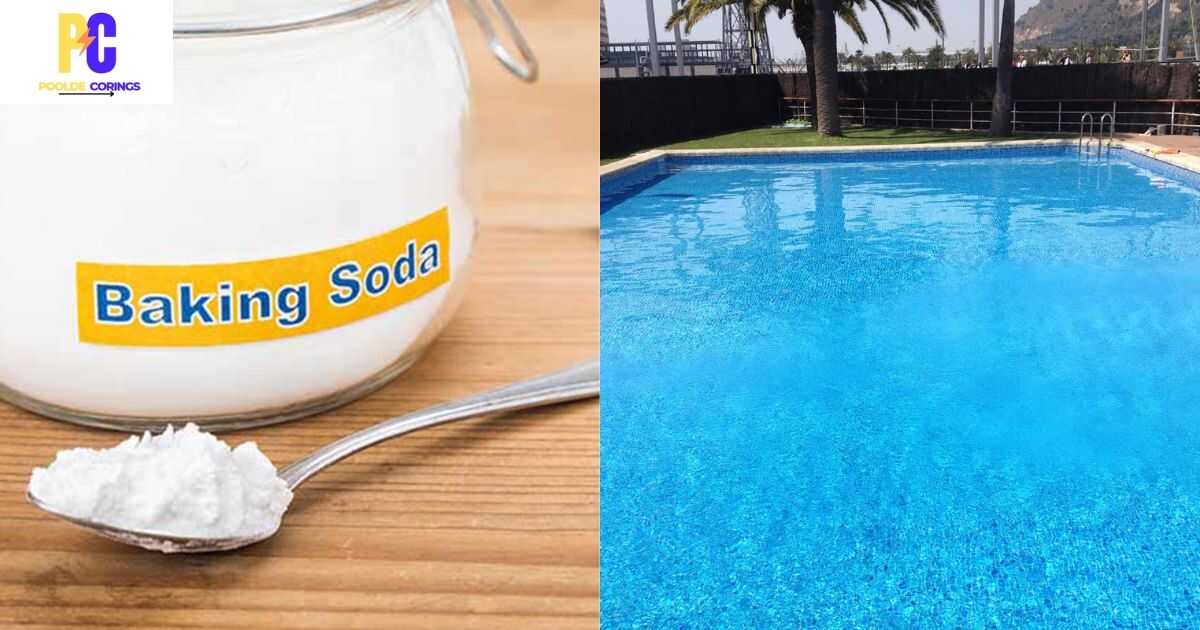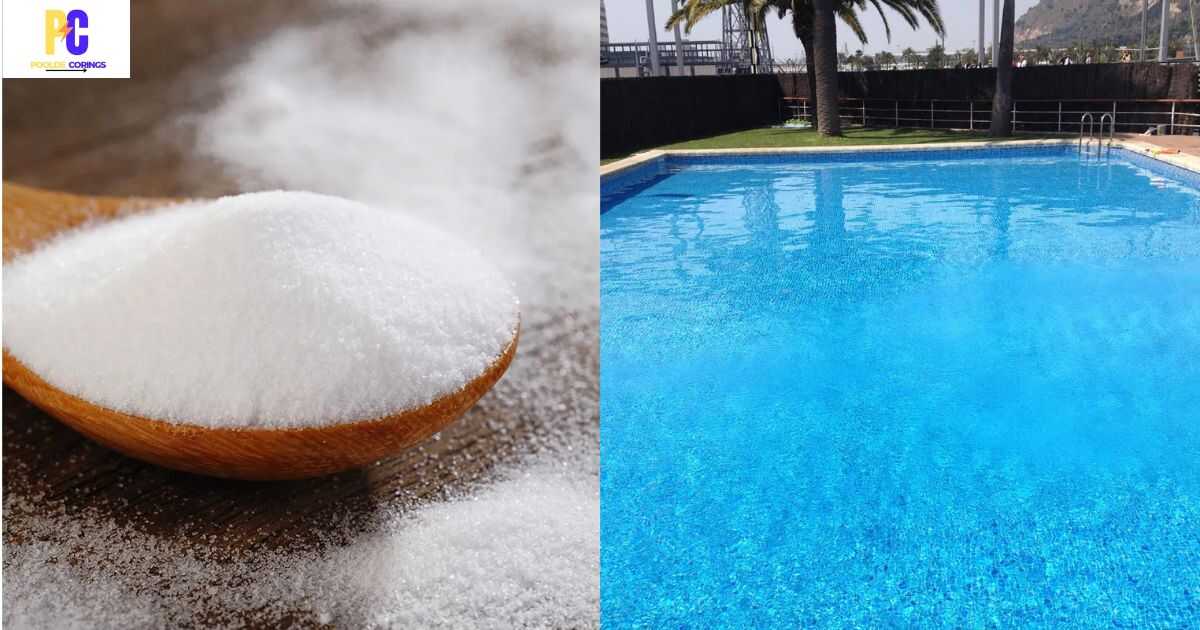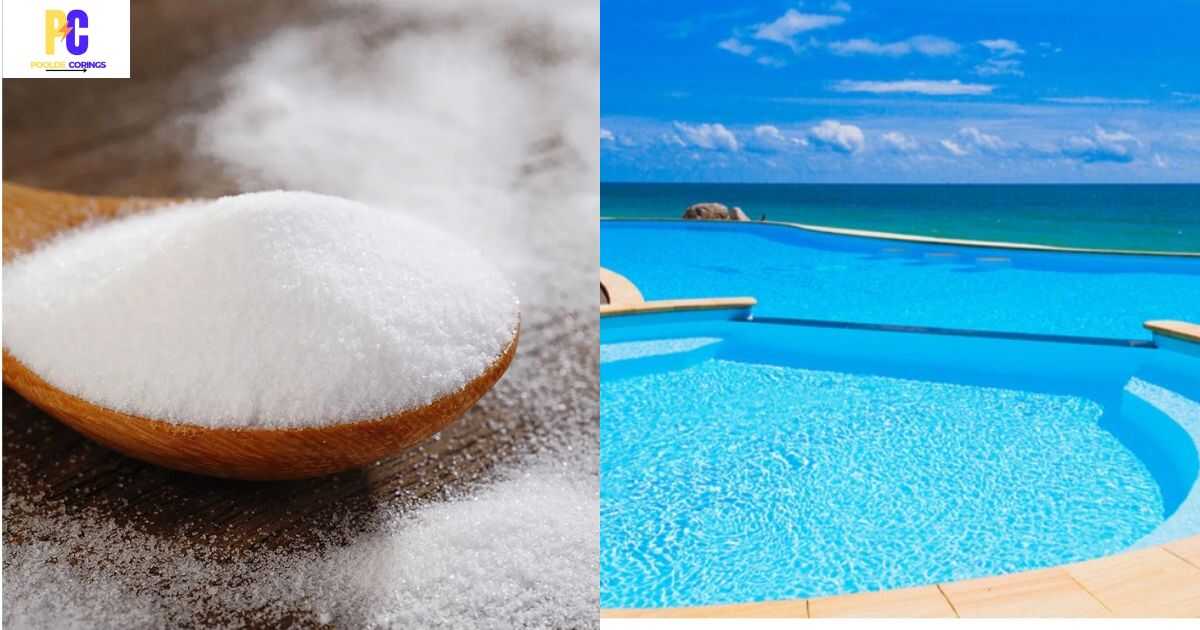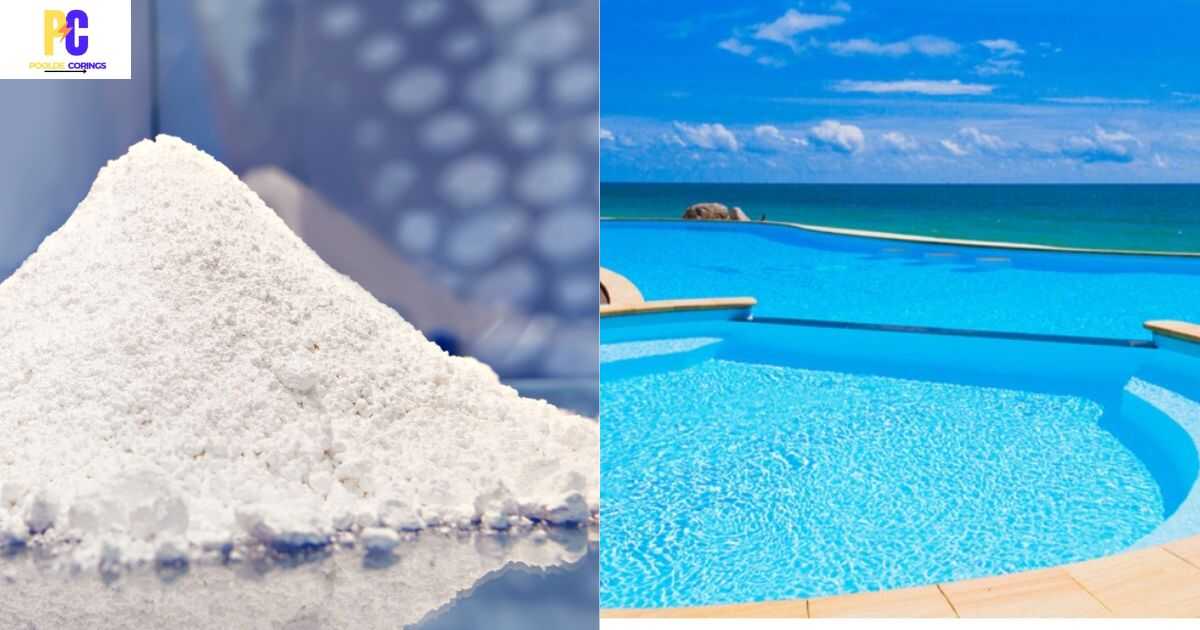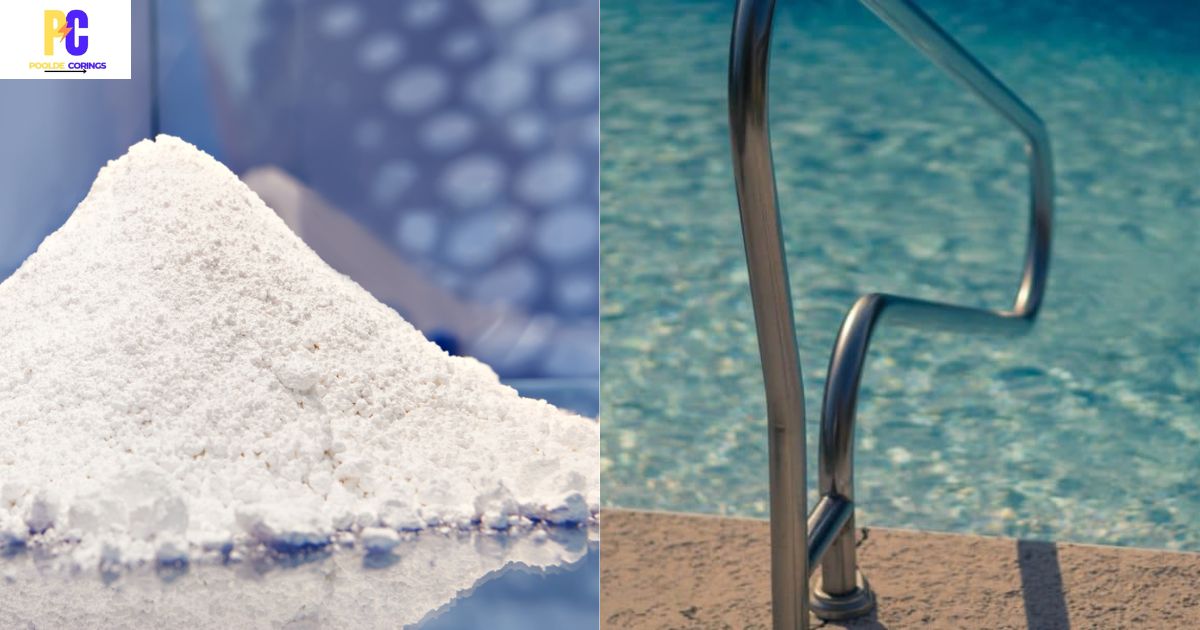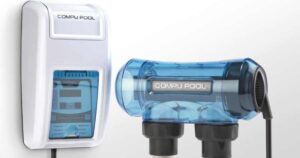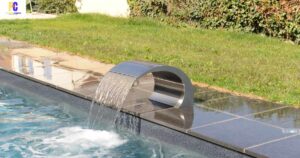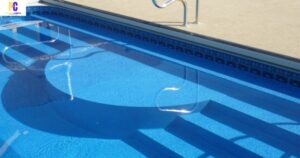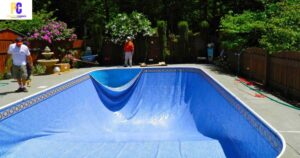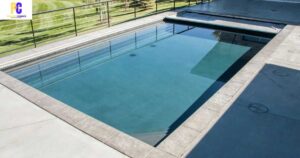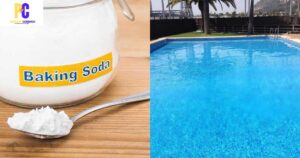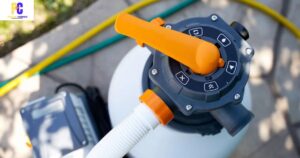Baking soda, also known as sodium bicarbonate, is commonly used to adjust pool water pH levels. An appropriate amount needs to be added to raise pH without overdosing. Calculators help determine this.
Adding too little or too much baking soda can disrupt pool chemistry. A calculator ensures the right quantity based on factors like water volume. This maintains a stable pH for safe swimming.
Inputs needed are pool size in gallons and current/desired pH levels. Many online calculators offer easy-to-use interfaces for this. For a 20,000-gallon pool, if pH is 7.2 but needs to reach 7.6, the calculator may suggest adding 2-3 lbs of baking soda while running the filter. Amounts vary – it’s best to test pH after 24 hours and adjust accordingly. Using a calculator eliminates guesswork.
Key Takeaways
- Calculators ensure the precise quantity of baking soda needed based on individual pool water volume and pH reading. This prevents under or overdosing.
- Adding too little baking soda may not raise pH as required, while too much can shock pool chemistry causing other parameters to fluctuate.
- Inputs like current versus desired pH level along with gallons of water allow calculators to suggest exact ounces or pounds of baking soda.
- Calculated amounts should be added gradually to the pool filtration system over several hours. pH must be retested the next day to verify the balance. Wondering for more information on this topic Pool With A Sand Filter.
- Some pools may need periodic pH adjustments with environmental changes. Calculators help maintain proper alkalinity and take the guesswork out of exact baking soda dosing amounts long-term.
Overview Of Baking Soda To Add To Pool Calculator
Factors like pool size, and alkalinity level raise pH ideal for swimming. Calculators factor gallons, TA reading, and target range to determine precise soda amounts. Too much baking soda can damage equipment, and irritate swimmers.
Calculated dosage safely remedies balance without over-adjusting pH expensive to maintain otherwise. Calculators empower DIY balancing simply with common baking goods.
Step By Step Guide To Baking Soda To Add To Pool Calculator
- Enter pool dimensions/gallons or test alkalinity level (Total Alkalinity or TA in ppm). Specify the ideal pH range (usually 7.4-7.6) as the goal.
- The calculator determines dosage by pounds or cups of baking soda needed based on variables. Add the amount to the deep end, run a filter to circulate uniformly.
- Optionally retest in 24-48 hours – tiny adjustments may be needed if off, but the calculator accounts for error-reducing multiple applications.
Pool Baking Soda Calculator
Keeping pool chemistry balanced can be tricky. When my pH began dropping, I searched online for help determining how much baking soda to add. A handy calculator asked for my water volume and current pH reading.
Within seconds it revealed just the right amount of sodium bicarbonate to raise it safely back up. Arming myself with an app that did the math gave me the faith to take control of my water balancing act.
Use Baking Soda To Raise Alkalinity
My pool’s water had become hard to manage with alkalinity dipping too low. An online forum recommended sparingly mixing in baking soda to boost it up gradually. Following their measuring guide, I sprinkled in careful doses and tested between each addition.
Within a few days, the level stabilized right where it should be. Learning this simple baking soda technique feels like finding the golden ticket to keeping everything in check.
The Ideal Range For Pool Alkalinity
When my pool tester showed alkalinity had fallen below 80 ppm, I knew action was needed. After research, I discovered the ideal range is 80-120 to keep the pH properly buffered yet not excessively high.
Boosting it safely back within the goldilocks zone requires subtle adjustments over time. Now I understand why constant measurement and minor tweaks are key to beautifully balanced swimming without hassles.
Will Adding Sodium Bicarbonate Affect My Ph
My pool’s pH had dipped low recently, leaving the water feeling off. After reading that sodium bicarbonate could aid alkalinity and raise pH levels too, I gave it a try. Sure enough, within a day the numbers had improved dramatically.
While baking soda made a difference, I learned its effect on both factors makes it a handy two-for-one tool for any chemical-balancing woes. Sure enough, within a day the numbers were climbing together in the right direction.
Do I Calculate My Baking Soda Dose
Unsure of how much baking soda to add to my pool, I searched online for guidance. Several sites advised precisely calculating the dosage based on my water volume and target alkalinity range.
After plugging the numbers into formulas, I better understood just the right amount to use for safer balancing. No more guesswork is needed now that I know to carefully measure instead of hastily throwing in baking soda by the handful.
Much Sodium Bicarbonate Should I Add To My Pool
My pool alkalinity had fallen below the ideal minimum, so I wanted to raise it carefully with baking soda. But I wasn’t sure how much to use safely. Following the precise calculation eliminated the risk of over-saturation.
Online calculators based the dosage on water volume, helping me determine just the right amount to restore balance without overshooting. Now I can add sodium bicarbonate gradually as needed, confident in precisely measuring each incremental dose.
I Add Too Much Baking Soda
In my eagerness to fix my pool’s pH, I carelessly threw in a few handfuls of baking soda without measuring first. The next day, I realized my mistake as readings showed the level skyrocketing too high.
Extra brushing and filtering gradually brought it back down safely in time. This lesson taught me to always carefully calculate the proper amount, rather than risk further trouble by guessing amounts.
Correcting Common Pool Problems With Baking Soda
When my pool water started acting up, showing low alkalinity and pH, I found an easy solution – baking soda. Some quick research proved this household item could reliably remedy both issues when added carefully in measured amounts.
Its straightforward dosage brought the water back into proper balance without fuss. Now I know an inexpensive pantry staple keeps my pool happy by addressing common woes.
To Clear A Cloudy Pool With Baking Soda
Frustrated by the sudden murkiness in my crystal clear pool, I googled remedies and found baking soda recommended. Skeptical it could do the job, I sprinkled in the minimum amount and ran the filter extra long.
To my amazement, the next day the water was bright again. With this gentle method, I avoided harsh chemicals and learned baking soda’s hidden talent for restoring clarity. Now I know to keep some on hand for future off-color spells.
FAQ’s
How Much Baking Soda Should I Add To My Pool?
Carefully calculate the amount needed based on water volume and desired change in alkalinity. Aim for slow correction to prevent overshooting your goal.
Can I Use Arm And Hammer Baking Soda In My Pool?
Arm & Hammer will work, as long as it’s pure sodium bicarbonate. No scents or additives, which could affect pool chemistry.
How Soon Can I Get In Pool After Adding Baking Soda?
Wait at least 24 hours to allow soda to dissolve fully and monitor levels before swimming, avoiding chemical shock to eyes or lungs.
How Much Will Baking Soda Raise Ph?
Each pound raises pH by about 0.3 points and alkalinity 5-10 ppm. Add slowly and test often to avoid overshooting the target range.
Conclusion
While baking soda to add pool calculator, can effectively solve issues like low alkalinity and pH, it’s important to use it carefully. Taking time to consult pool water volume and desired change through a calculator allows precise dosing, preventing overcorrection that could endanger filters or swimmers.
With just a bit of math, anyone can determine the right amount of baking soda to safely remedy their pool’s chemistry imbalance. Estimation should always be avoided in favor of calculation for foolproof fixes.
